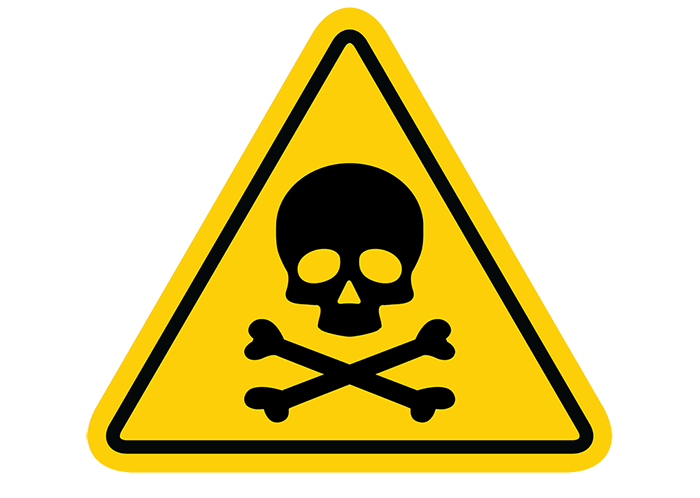Although the terms “toxin” and “poison” are often used interchangeably, there are some significant differences. According to encyclopedia.com “A chemical is said to be a poison if it causes some degree of metabolic disfunction in organisms. Strictly speaking, a toxin is a poisonous chemical of biological origin, being produced by a microorganism, plant, or animal.” (Emphasis added.)
It goes on to say: “It is critical to understand that while any chemical can cause poisoning, a threshold of tolerable dose must be exceeded for this to actually happen.”
So, strictly speaking, MSG, which is manufactured by humans as opposed to being produced by a microorganism, plant, or animal, is a poison.
The Free Dictionary would seem to agree. It defines a poison as “a substance that, on ingestion, inhalation, absorption, application, injection, or development within the body, in relatively small amounts, may cause structural or functional disturbance.”
There are four very interesting facts about the poison in MSG.
1) The poisonous component of MSG is free glutamate. It’s free glutamate that triggers glutamate receptors, enhancing the flavor of food, and at the same time operating as a poison.
2) There are lots of products in addition to MSG that contain free glutamate. Just like the free glutamate in MSG, each enhances the flavor of the food with which it is eaten while it plays out its role as a poison.
3) Prior to 1957, tolerable doses of free glutamate would not have been exceeded, and the small amounts of free glutamate in processed foods would have not been poisonous. Prior to 1957, there wasn’t enough free glutamate in processed foods eaten during the course of a day to produce more free glutamate than could be tolerated.
4) In 1957, a revolutionary method for producing MSG and the free glutamate in it was introduced and the use of both MSG and other free glutamate-containing flavor-enhancers began to grow exponentially. From that point forward, the amount of free glutamate in processed foods easily exceeded the amount that could be ingested without causing adverse reactions and/or brain damage.
The dose makes the poison.



